The weather in Japan is overall delightful. For most of the country, winters are mild, and summers are not overly hot. Some prefectures have a reputation for specific weather. Hokkaido is famous for its cold weather. Others, like Okinawa, are renowned for their pleasant winters.
But, like anywhere else, Japan has its share of extreme weather. Predicting which cities hold the records for this extreme weather in Japan is more complex. As we will see, the coldest does not always go to the furthest north, nor the hottest to the furthest south.
Table of Contents
ToggleWhat is the coldest place in Japan?
Contrary to what may seem logical, the coldest place in Japan is not the city of Wakkanai, at the northernmost tip of Hokkaido. That distinction goes to Rikubetsu, a small city in northeastern Hokkaido, about five hours from Sapporo by train. The city’s mascots are Shibare-kun, a boy who sailed to Japan through drift ice, and Tsurara-chan, who traveled to Japan along the aurora borealis. They carry a thermometer displaying the city’s cold temperatures and wear heavy winter coats.
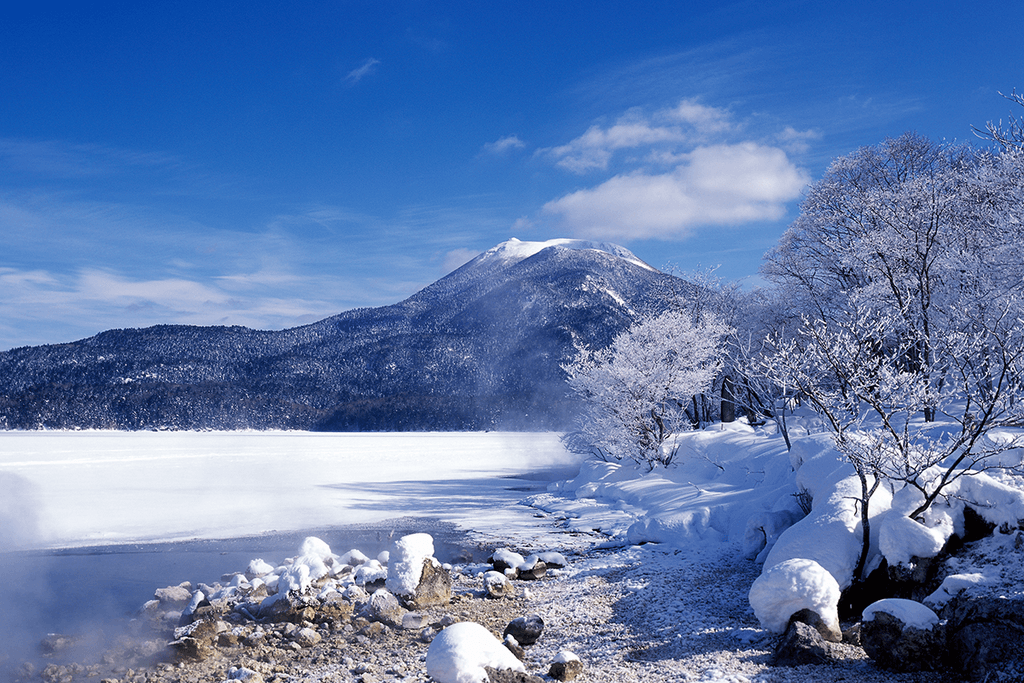
The mascots are wise to wear such thick coats. Winter temperatures in Rikubetsu average -15 to -20 degrees Celsius and can reach as low as -30 Celsius in January, the coldest month. The temperature remains below freezing from December to February, and yearly snowfall can measure more than 10 meters.
The snow and extremely low temperatures produce a frigid landscape populated with subarctic animals like the Ezo red fox, Hokkaido brown bear, and Japanese Marten. Why is Rikubetsu at 43 degrees north, colder than Wakkanai, which lies at the northernmost tip of Hokkaido at 45 degrees north?
All of Hokkaido is affected by the Siberian High, a cold-weather system that forms over Siberia during winter. This weather system constantly supplies moist, cold air and causes heavy snowfall and prolonged cold temperatures. During winter, the ocean is warmer than the land.
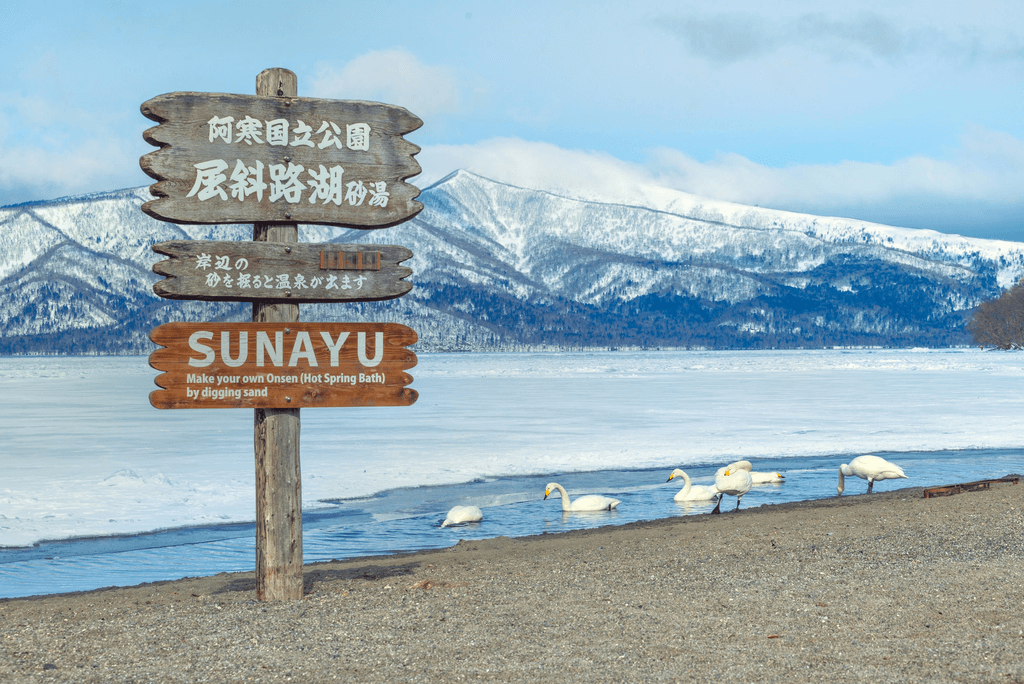
The sea warms the air above it and shields any nearby land from colder air. Rikubetsu, on the other hand, needs more protection. It lies far inland, nestled in the mountains. Once the cold air passes the coast, it hits these surrounding mountains and descends on the city. But it’s not all bad. The city is less than a two-hour drive from Daisetsuzan Sounkyo Kurodake Snow Resort, which is excellent if you like winter sports.
What is the hottest place in Japan?
As with Japan’s coldest place, Japan’s hottest place is Okinawa, or another of the islands to the far south. But it is Kumagaya, in Saitama Prefecture. The city has twice held the highest temperature ever recorded in Japan: 40.9 degrees Celsius in August 2007 and 41.1 degrees Celsius in July 2018. So why is this particular city so hot?
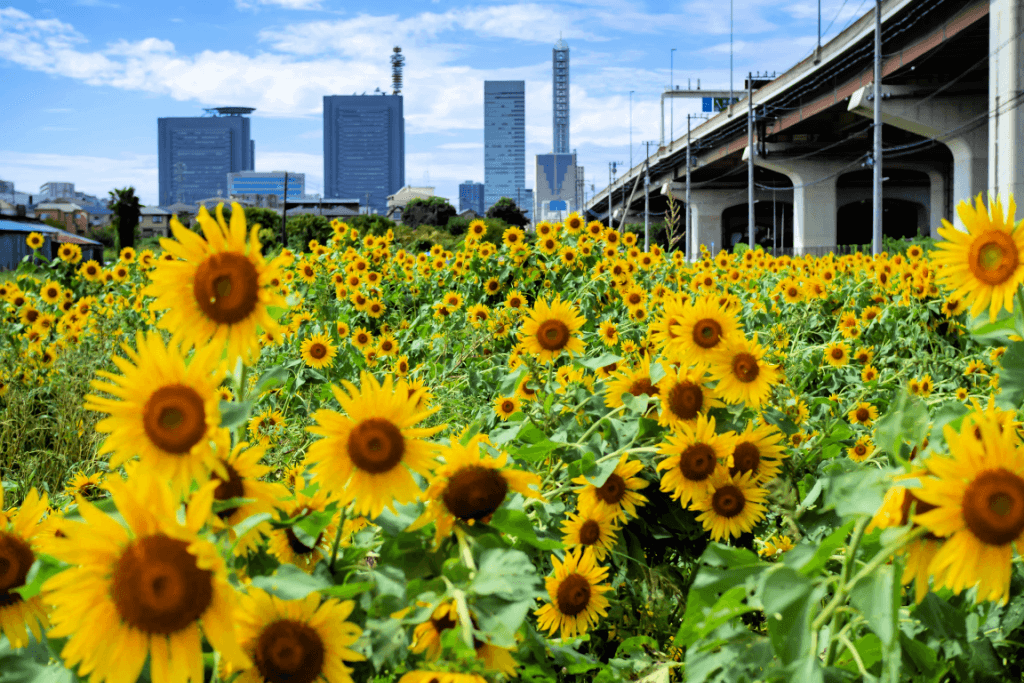
Saitama Prefecture has the Kanto Mountains on its Western border. At the foot of these mountains lies the Chichibu Basin, a flat, lowland area created by the Arakawa River. This flat land extends to Kumagaya. During the summer, Tokyo becomes very hot as all the concrete becomes heated, or a “heat island”. At this time of the year, warm Monsoon winds also blow onto Japan from the south and combine with the already hot air above Tokyo.
The now-dry air flows along the mountains to the flat land surrounding Kumagaya. The city’s location on the plain also means it is always exposed to the sun, as no mountains are nearby to shade it. So be weary of this city if you’re planning a trip to Japan in the summer. If you do visit, be sure to cool yourself off with an ice-cold kakigoori.
Are you looking for amazing snacks to enjoy? Check out Sakuraco! Sakuraco delivers traditional Japanese snacks, teas, sweets, and snacks from local Japanese makers directly to your door so you can enjoy the latest treats directly from Japan!

What is the sunniest place in Japan?
The sunniest place in Japan lies not too far away from Kumagaya. Hokuto is in neighboring Yamanashi Prefecture, about 100 kilometers to the west. Hokuto receives over 2,000 hours of sunlight every year. In comparison, Naha in Okinawa receives about 1,700 hours of sunlight annually. How does this happen when Okinawa is hundreds of kilometers closer to the equator?
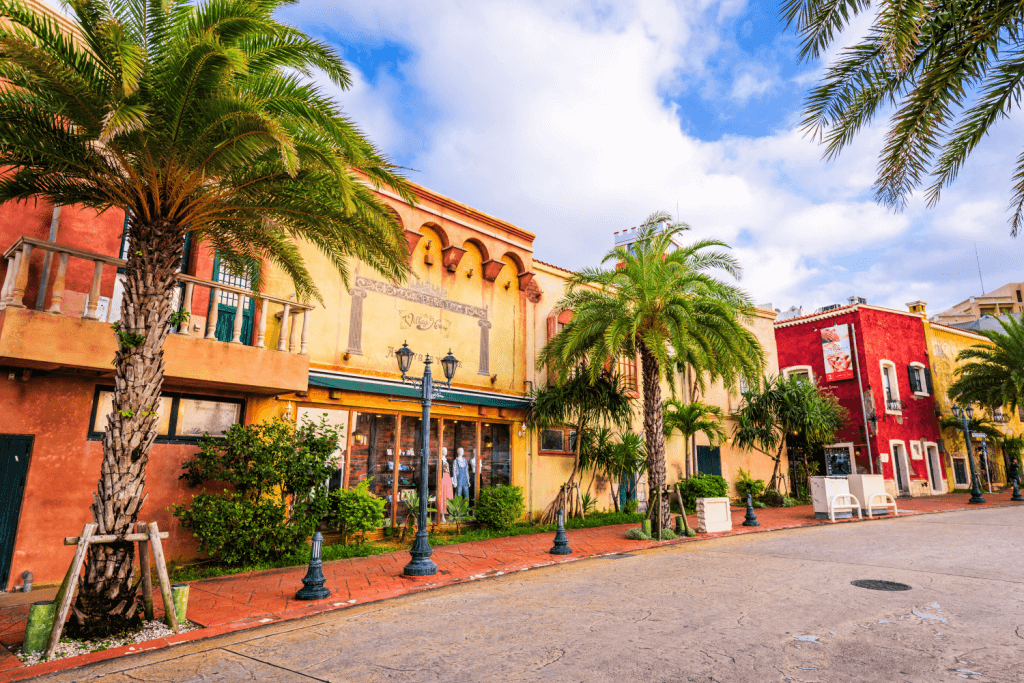
The Okinawa Islands may be warmer, but they are constantly affected by moist winds from the ocean. These winds form clouds once they reach land and can cover the islands on some days. Mountains almost surround the city of Hokuto. The tall peaks of the Japanese Alps block moist winds from the Sea of Japan. This “rain shadow effect” results in sunny days all year round, making it a popular destination for outdoor activities.
What is the wettest place in Japan?
The wettest place in Japan is Yakushima island in Kagoshima. It is the wettest place in Japan and one of the world’s wettest. It receives over 4000 millimeters of rain yearly and over 700 millimeters in June alone. What is the reason for its high rainfall?

Every day, moist Pacific winds blow across all the southern Japanese islands. But, unlike the other islands, Yakushima has mountains high enough to catch these winds. The tall, steep mountains of Yakushima include the highest peak in Kyushu, Mount Miyanoura. Once the humid air hits these mountains, it rises and becomes rainfall. The typhoon and rainy seasons bring even more rain.
Yakushima is hot and humid most of the year, so lush, green forests cover most of the island. And many parts of the old-growth cedar forests show no signs of ever being disturbed by logging. The Yakushima Forest is also a World Heritage site because of its fairy tale scenery, making the Morippa, the “forest fairy,” the perfect mascot for its tourism center. If you plan to visit Japan, Yakushima is a must-see, but you may want to avoid August and September unless you like walking in thunderstorms.
Why is the weather in Japan so diverse?
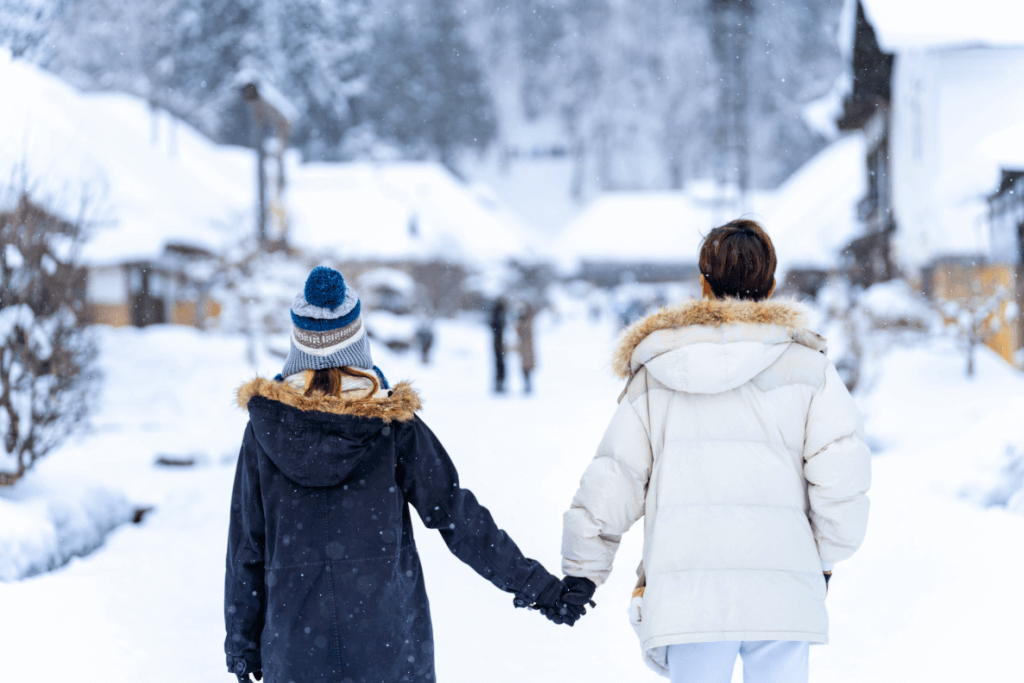
Japan’s unique weather is a result of a combination of factors. It is close enough to the Arctic Circle for the cold weather to affect it, but other parts are also home to tropical storms. It is the meeting point of two warm ocean currents so it can experience mild winters, but it has mountains tall enough to catch winds and provide snow. The result of all this is a country with very varied weather, all of which can be experienced within a few hours of one another. Have you visited any of these places? Share your experience in the comments below!










